Finding our place in the family of things
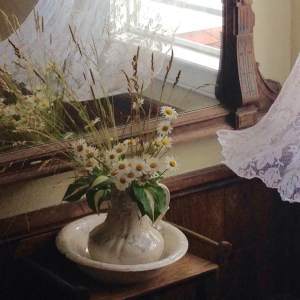
Photo: Image from Star Island, Lesley Fowler
In the experience of writing fiction, I become captivated by place.
Sometimes, it is among the very first of the story’s “characters” to appear.
In the process of writing The Munich Girl, I’ve accumulated four journals and three photo-album-style scrapbooks. I’ve done this last, I suspect, because the best-known of the novel’s characters, Eva Braun, was a passionate photographer.
Yet so many of the images and passages recorded in those journals and albums are about the essence of places.
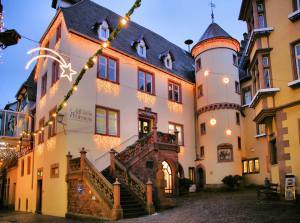
Alte Rathaus, Wertheim, Germany
I imagine that I’m drawn to the spirit of places, which I have been since my earliest memories (they go back as far as age 3, possibly a little earlier) because, as Antoine de Saint-Exupéry wrote about what the Sahara Desert taught him:
“Every man, every woman, carries in heart and mind the image of the ideal place, the right place, the one true home, known or unknown, actual or visionary.”
Place is an essential element of the story, of course.
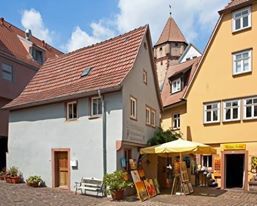
Hexen Haus, Wertheim, Germany
As some have said, often in a book’s story, place is also character, or a facet of the story that reveals aspects of character.
An Aboriginal proverb observes:
“We are all visitors to this time, this place.
We are just passing through. Our purpose here is to observe, to learn, to grow, to love … and then we return home. “
Along the way, the places that we pass through have a lot to reveal to us.
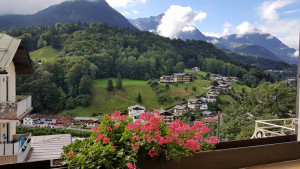
Photo: Berchtesgaden, Germany, David Campbell.
Carl Jung lived nearly half of his life in a home he built in the village of Bolligen located along the northern shore of Lake Zurich, Switzerland. In this place, to which he felt particularly drawn, Jung wrote about his many sensory experiences published in his memoir, Memories, Dreams, Reflections:
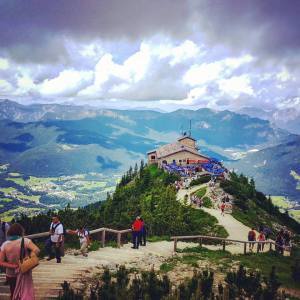
Photo: Kehlstein Haus, David Campbell.
“At Bolligen I am in the midst of my true life, I am most deeply myself …
At times I feel as if I am spread out over the landscape and inside things, and am myself living in every tree, in the splashing of the waves, in the clouds and the animals that come and go, in the procession of the seasons …
In Bolligen, silence surrounds me almost audibly, and I live ‘in modest harmony’ with nature.”
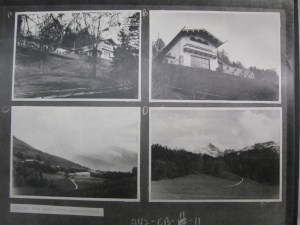
Page from Eva Braun photo album.
In “The Power of Place,” writer Linda Sechrist has written: “Since we personally interpret the qualities, values, and spaces that make a place special in the context of other places, childhood experiences of where we are born and grow up, as well as the places where we spent our childhood summers, are the well of memories from which we most frequently draw.
“This relationship is one that Eudora Alice Welty suggests we, in the words of Nobel Prize-winning author William Faulkner, carry within ourselves as ‘postage stamps of native soil.’
“Welty wrote, ‘It is the memory of this place that nurtures us with identity and special strength and it is to this place that each of us goes to find the clearest, deepest identity of ourselves.’ ” 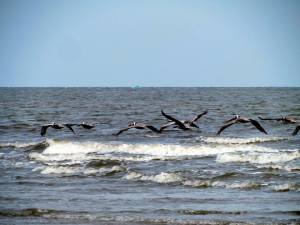
In her poem, “Wild Geese,” poet Mary Oliver sums this up eloquently:
Whoever you are, no matter how lonely,
the world offers itself to your imagination,
calls to you like the wild geese, harsh and exciting
over and over announcing your place
in the family of things.
~ from Dream Work by Mary Oliver
Find more about The Munich Girl: A Novel of the Legacies That Outlast War at:
https://www.amazon.com/Munich-Girl-Novel-Legacies-Outlast/dp/0996546987/





